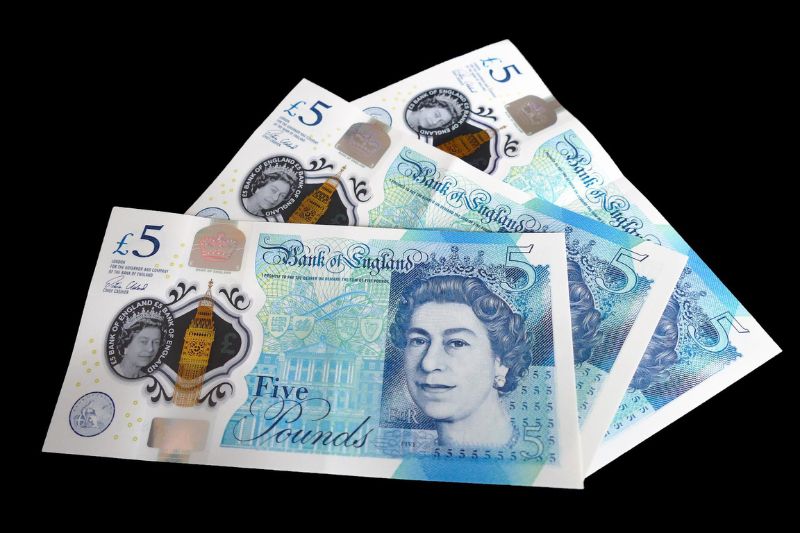No products in the cart.
British Pound Overview

One of the most widely used currencies is the British pound sterling. After the dollar and the euro, it comes in a respectable third position. The British pound is one of the oldest currencies still in use today, which contributes to its popularity in commerce and reservations. But this is not the only reason. You can read more on Capital.
Pound Volatility
Because of the pound’s volatility, you might experience numerous sharp ups and downs each day. The pound may easily travel back and forth for 2000 points. The British pound is most frequently combined with either the dollar or the euro. Both pairings turn out to be highly volatile; you can profit from their significant fluctuations. The currency is roughly where it was at the start of the year when paired with the US dollar. It saw a sharp decline in mid-March and then leveled off.
Fall and Rise in the Price of the Pound
What justifies the price swings of this magnitude? Both internal and external variables affect it. The value of all currencies is similar. Just some are more harmed, while others are only a little impacted.
External:
- Connection to the cost of gasoline. Gas has some impact on the pound, but it is not significant. Given that Britain produces and sells more gas than the rest of Europe, this is justified. It is actually the biggest provider.
- The biggest trading partner is America. Yes, although Britain is geographically closer to Europe, there is a significant link between the dollar and the pound. The standing of a currency’s trading partner affects the price of that currency.
- Foreign currency holdings. This is exacerbated in the UK by high-interest rates and low risk. The path is impacted by the collection or sale of reserves.
Internal:
- Dependence on the percentage rate. The monetary policy committee of England decides the rate’s level. The choice they make will be influenced by the rate differential between the Bank of England and other nations. In other words, the price of the pound will increase relative to their currency if the rate rises in England but not in America. The euro experiences a similar issue. It is one of the main contributors to changes in exchange rates.
- Index of consumer prices. It is one of the markers of inflation. The Bank of England wants inflation to be 2%. The committee increases the rate if its level rises.
- Balances. They emphasize commerce and payment. Display the import and export volume. Given that the US is the key trading partner, they primarily impact the GBP/USD pair. The entrance and outflow of foreign cash are displayed in the balance of payments. Instead of the balance of payments, they place more emphasis on the trade balance. The price of the currency increases if the excess is more than anticipated.
There are now conditions in place for a further strengthening of the pound in relation to the US dollar. One of the key causes is that the American government provides more emissions to help its residents fight the coronavirus.











Leave a Reply